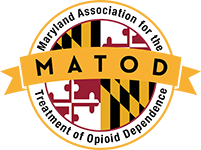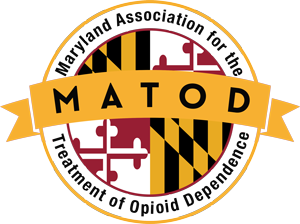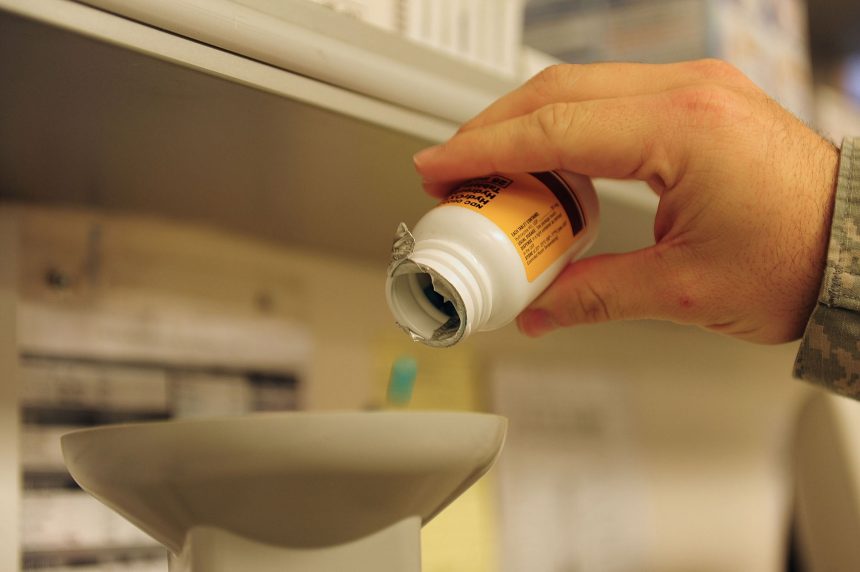From the year 2000 to 2014, according to the Centers for Disease Control & Prevention, the use of opioid painkillers, clinically prescribed, has more than doubled. Aggressive marketing, coupled with intentionally misleading information from pharmaceutical companies, has resulted in this massive increase. The statistics currently regarding opioid addiction in the U.S. make for upsetting reading.
The U.S. Opioid Epidemic & The Part Played By OxyContin
Basking in the spring sunshine on the slopes of Iran’s Mount Damavand, situated near the Caspian Sea, are literally millions of Persian poppies. The scarlet-colored flowers present an ocean of vivid red in the barren landscape, as well as providing a rich source of an opiate alkaloid called thebaine – and U.S. pharmaceutical giants can’t get enough of it. It’s no wonder why. It has made them millions and millions of U.S. dollars over the last two decades. All at the expense of every U.S. citizen who has attended their doctors whilst experiencing some level of pain and been over-prescribed the potentially addictive drug OxyContin, chemically synthesized from the thebaine that the poppies naturally produce. Find that hard to believe? In 1996, the Sales Manager from Purdue Pharma (the pharmaceutical company that manufactures the drug) told company sales reps in Tennessee to go out and convince doctors to prescribe stronger OxyContin doses to pain sufferers with the words, “It’s bonus time in the neighborhood.” Purdue Pharma has, to date, made $31 billion from the sale of OxyContin and left the U.S. in the middle of an opioid epidemic.
From the year 2000 to 2014, according to the Centers for Disease Control & Prevention, the use of opioid painkillers, clinically prescribed, has more than doubled. Aggressive marketing, coupled with intentionally misleading information from pharmaceutical companies, has resulted in this massive increase. The statistics currently regarding opioid addiction in the U.S. make for upsetting reading.
According to the American Society of Addiction Medicine:
- 80% of the world’s opioids are consumed in the United States.
- The #1 cause of accidental death in the U.S. is overdose – 47,055 cases in 2014.
- 18,893 of these were due to opioid painkillers on prescription.
- 10,754 of the accidental deaths were caused by heroin overdose.
- Before using heroin, 4 out of 5 abusers were previously addicted to prescription painkillers.
- 78 U.S. citizens will die today due to opioids.
- Fatal opioid overdoses among females have risen by a staggering 450% in the last 10 years.
A Brief History of OxyContin
Let’s return to 1996 and the bonus time in the neighborhood. That year, Purdue Pharma’s OxyContin was formerly given FDA approval, which is a controlled-release form of oxycodone. It became an immediate money-maker, thanks mostly to the aggressive marketing tactics employed by the medical sector. Its first full year generated $49 million in sales. However, by 2002, that had risen to a colossal $1.6 billion. So how did Purdue Pharma achieve a 3000%+ growth in just 6 years? As mentioned previously, it was the marketing, pure and simple. Every single U.S. medical practitioner was considered fair game to the sales reps – doctors, surgeons, anesthesiologists, anyone involved in pain management. The reps would buy lunches for their potential customers, and schedule in “snack times,” just to get that extra persuasion time. Memos sent internally throughout the company referred to the reps as “Royal crusaders” and “Knights.” And into battle, they went, literally. “As you continue to carry the OxyContin banner onto the field of battle, it’s important to keep highlighting OxyContin benefits to your doctors” was one typical instruction.
Their So-Called Claims
However, many of the claims made by these Purdue Pharma sales reps about the benefits of OxyContin were, at best, misleading and, at worst, simply false. Here are some examples of such shocking claims:
- OxyContin was a safe drug when used for the long-term treatment of chronic pain.
- The potential for addiction was negligible.
- OxyContin provides steady and continuous relief from pain.
They even exaggerated the number of hours of pain relief that the drug provided.
Slowly, certain members of the medical fraternity started to cotton on to what was happening. Dr. Art Van Zee, in 2001, had this to say about Purdue Pharma – they had clearly “oversold the benefits of opioid therapy for chronic non-malignant pain, while providing false reassurance about what the real risks are of addiction for patients taking opioids for chronic non-malignant pain.” Purdue Pharma was forced to pay over $600 million in fines relating to the misleading branding of OxyContin in 2007 as part of a guilty plea. Part of those charges brought by the U.S. Government was that the reps had been instructed to inform doctors that “OxyContin had less euphoric effect and less abuse potential than short-acting opioids“.
If that wasn’t bad enough, worse was to come. In 2009, a District Manager with Purdue Pharma stumbled upon a rapid surge in orders at one particular pharmacy whilst tracking recent sales of OxyContin. An internal investigation soon uncovered illegal activity, and, in an internal email, the District Manager wrote, “Shouldn’t the DEA be contacted about this? I feel very certain this is an organized drug ring…” It turned out he was right. However, Purdue Pharma notified nobody, no DEA, no other authority. By the time the pharmacy in question closed its doors for good, pills with a street value of over $100 million had been dispensed to local gangs.
Nothing Has Changed (Yet)
And the situation now? Nothing has changed. Purdue Pharma continues unabated. Opioid-related commercials were even aired during the 2016 Super Bowl, leading to complaints from addiction recovery specialists and professionals. As Dr. Aikur Mohammed, M.D., an Adjunct Professor at the University of Southern California Keck School of Medicine, says, “Everyone is on board with these new initiatives, except the opioid drug manufacturers and a segment of doctors who over prescribe their products. Many of them are only looking at ways to make more money, even if it’s at the expense of those who might already be addicted or will be soon…”
Source: Free Articles from ArticlesFactory.com




Leave a Reply